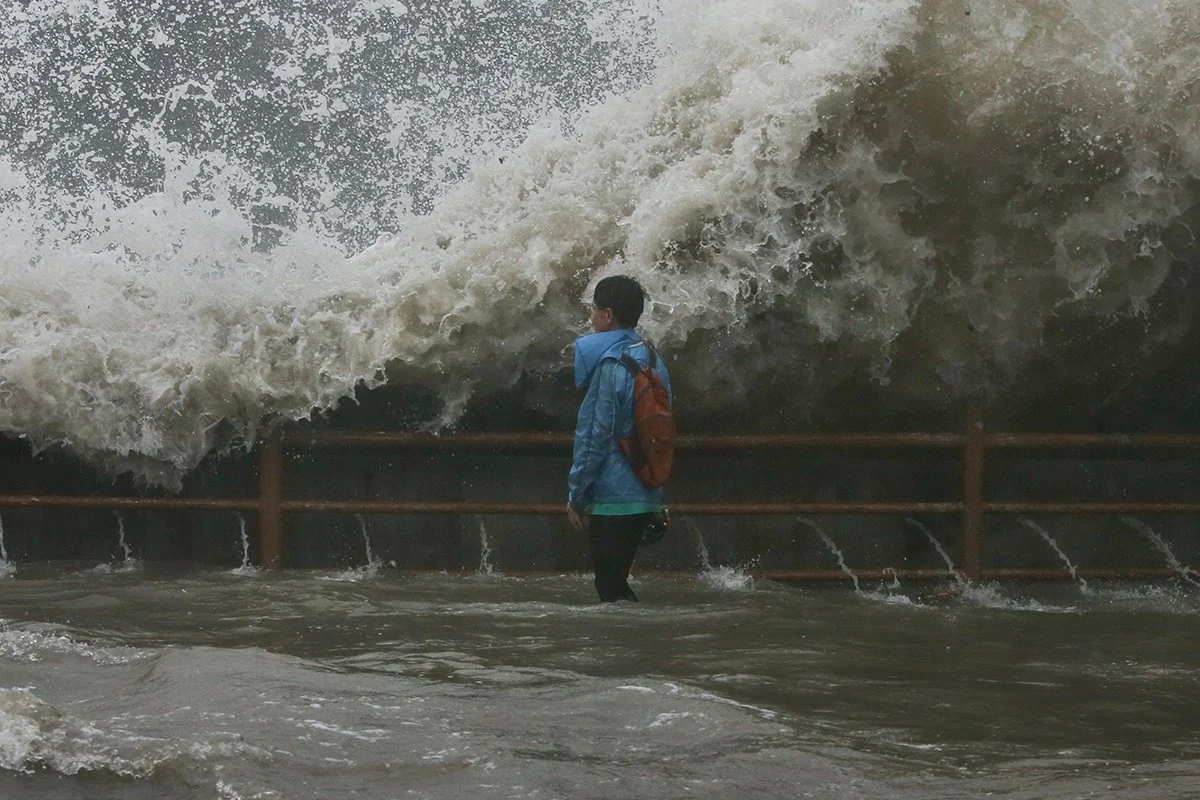Everyone loves a good lightning storm, especially when it’s experienced from the comfort of your home, wrapped up in a blanket, with a cup of hot cocoa. But what happens when Mother Nature takes it a step too far? That’s when some of the most intense storms, hurricanes, and cyclones take place around the world.
In previous years, countries like America, the Philippines, Taiwan, Mexico, and China, experienced some of the most destructive storms ever recorded. These storms wrecked entire cities, streets, homes, and neighborhoods. People were left with nothing, and the destruction caused by the storms was detrimental. Luckily, intense storms such as these don’t happen too often. But when they do, all we can do is get to a safe place and wait it out. Storms are always a scientific what-if, so it’s best to take precautions to keep you and your loved ones safe.
Typhoon Mangkhut

In 2018, Typhoon Mangkhut hit the coast of Hong Kong, on its way to mainland China. Skyscrapers swayed in the sky, trees broke in half, and roads were blocked. It also hit the Philippines, where at least 30 people perished. Agriculture was destroyed, which had a detrimental effect on crops and the population in the days and weeks following the typhoon. The island of Luzon, in the Philippines, basically went underwater. This caused landslides and major destruction. Gusts of wind reached more than 230 kph (142 mph), with over 100 people injured. It took a long time for the Philippines to recover from the storm’s destruction (hongkongfp).
